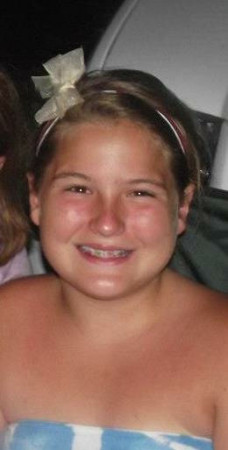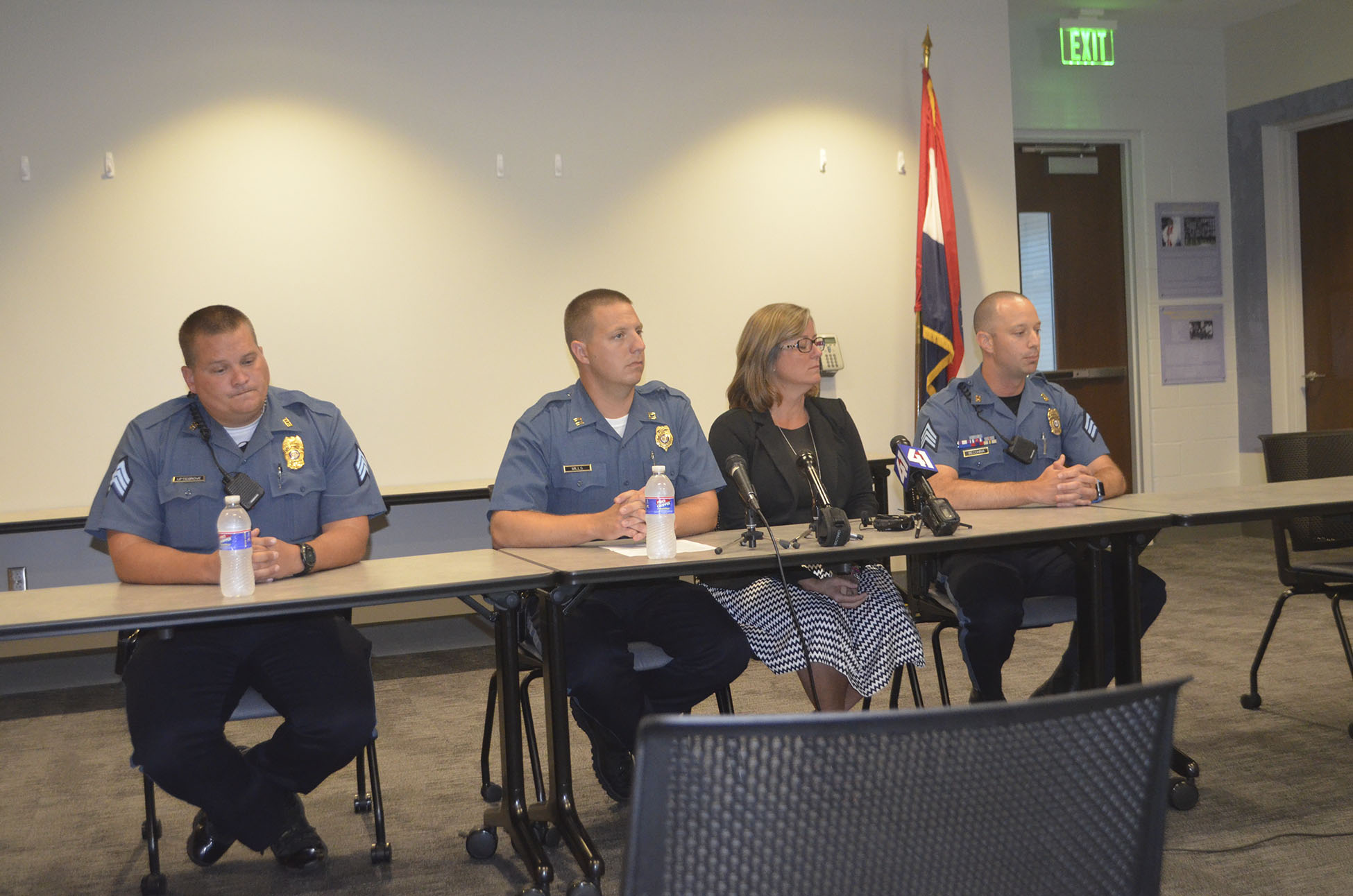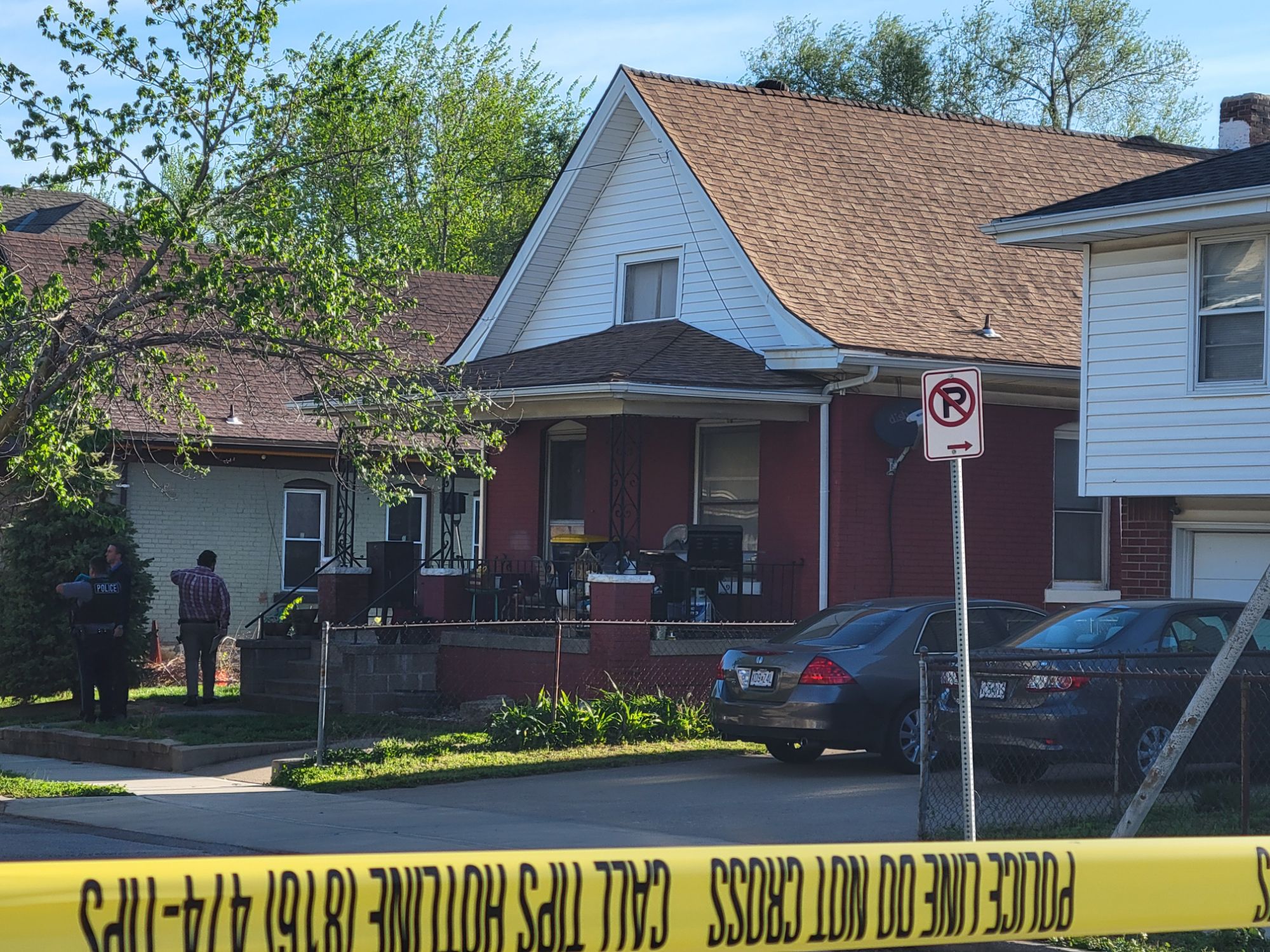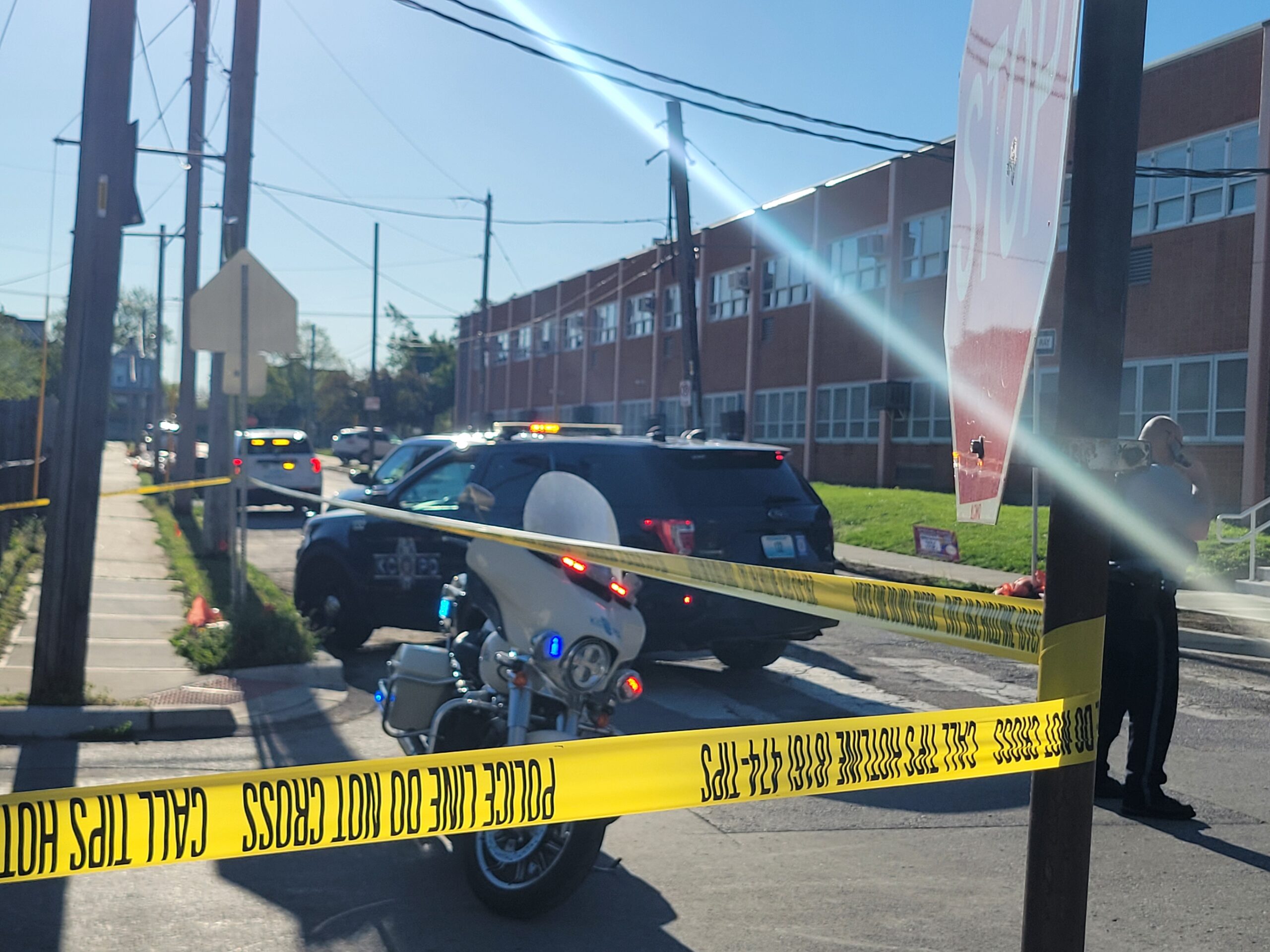By Paul Thompson
Northeast News
June 30, 2016
KANSAS CITY, Missouri – On July 4, 2011, 11-year-old Blair Shanahan Lane was killed by gunfire in the area of 43rd and Pittman.
Blair wasn’t caught in the middle of a violent crime; she was hit by a stray bullet fired into the air to celebrate the 4th of July. This year, KCPD officers are attempting to curb celebratory gunfire on Independence Day by visiting neighborhoods where gunshots were fired on July 4, 2015. Flanked by Blair’s mother, Michele Shanahan-DeMoss, the officers have pleaded with residents to celebrate the holiday in a safe, positive manner.
Shanahan-DeMoss described the reaction that residents have when they see her knocking on doors alongside KCPD officers.
“I feel like almost every house we went to, they were aware of Blair’s story,” said Shanahan-DeMoss. “There was emotion, and I was hugged quite a bit, and apologies.”
Shanahan-DeMoss and the officers also left a token of Blair’s memory at each house they visited.

“Last night, at the end of the night, it was very powerful to realize that all the homes we went to, her picture was left with them,” said Shanahan-DeMoss. “To me, it’s a gift to be able to share our story in the hopes to make a difference for our community and the bigger community.”
If residents aren’t sufficiently swayed by the heart-breaking visit from Shanahan-DeMoss, officers will also be informing residents about a new technology the KCPD is using to pinpoint exactly where gunfire is occurring. The technology uses sensors to track the proximity of gunfire, as well as the number of shots fired. KCPD Captain and Hot Spot Commander Ryan Mills noted that the information gathered is then transferred to authorities in a matter of seconds.
“When a gun is fired in parts of the city, an alert is received by police dispatchers and officers in the car nearly instantaneously,” said Mills. “That alert provides officers with the precise location, time, and number of shots fired faster than anything we’ve ever had before. It’s called Shot Spotter.”
Sergeant Jake Becchina, the KCPD’s administrator for the Shot Spotter program, said that the program utilizes a sonic gunshot detection system to locate exactly where gunfire occurs. The sensors are located in select coverage areas throughout the city. When a suspected gun shot is detected, a computer algorithm automatically sends the sound to Shot Spotter headquarters in California, where a human determines if the sound is in fact gunfire. If it’s then verified, Shot Spotter guarantees that the location of the gunfire will be triangulated within a minute. Shot Spotter further guarantees that 80% of outdoor gunfire can be located within 25 meters. Becchina, however, said that the program has accurately located gunfire within 3-5 meters.
That accuracy is crucial, as only a small fraction of gunfire is actually reported to authorities.
“What statistics have show is that anywhere in the neighborhood of 10-30% of gunfire is reported to 911,” said Becchina. “That’s at best 70% of the gunfire that does not get reported.”



















